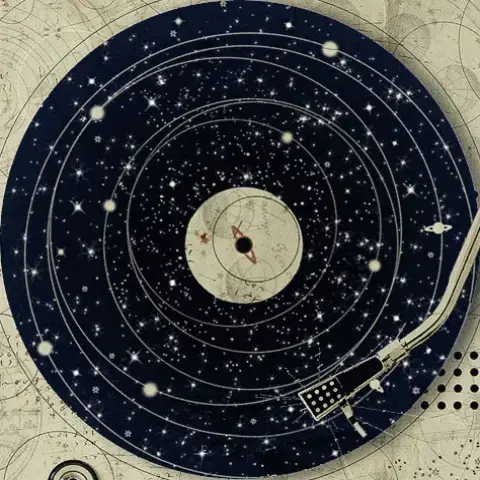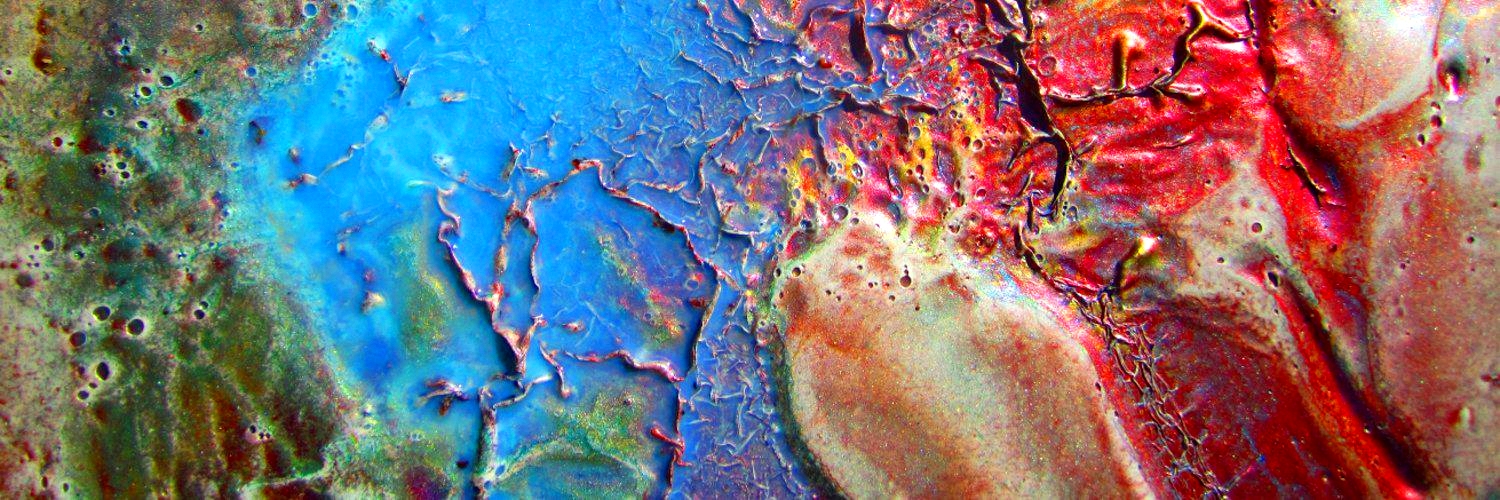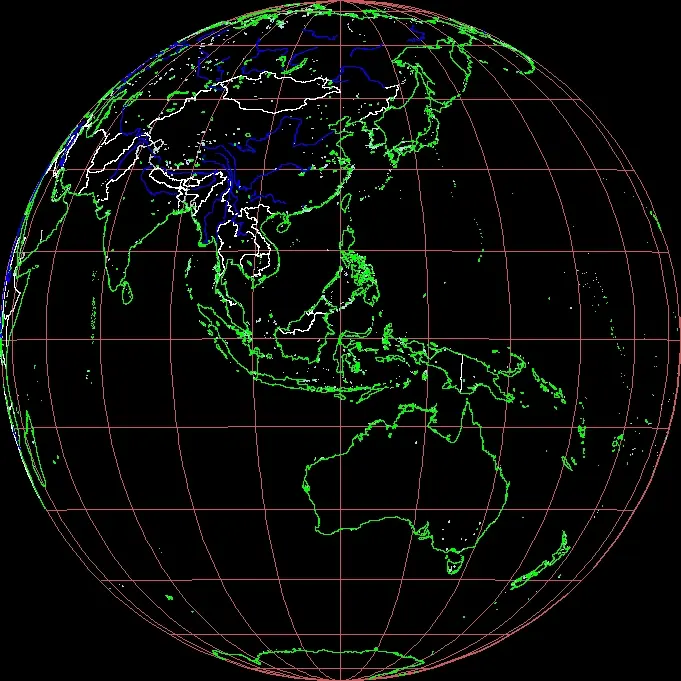Loren
I’m a natural process paint spiller, general cat utility, husbear, and occasional writer. Thank you for stopping by!
- 75 Posts
- 8 Comments
My artwork probably wouldn’t exist in the form it’s in now, if it weren’t for alluvial fans and river deltas being formed by sediment deposition in nature - I suppose that isn’t the same thing as soil art, but as long as the imagery is a result of or inspired by natural processes, then my vote is still “YES”. Thank you for posting!
I love how unique and beautiful his imagery is! I do wish he was a bit more scientific about his processes, but I suppose a healthy portion of “let’s just see what happens” is necessary in science!
You’re welcome, and I agree!
Not only allowed, but appreciated!

 2·1 year ago
2·1 year agoI will, and thank you again also!

 1·1 year ago
1·1 year agoSince I was a child, I’ve been obsessed with 2 particular places in mainland Greece - Olympia and Delphi. Anything that “felt ancient Greek” captivated me. I don’t know why. After I grew up and discovered Google Earth, and after finding my own house with it, I found those two places. Doing 3D street views there blew my mind, and really gave me more of a feel for those places in first-person context, and in relation to other places. I honestly can’t explain the feeling I got while doing that, but I was addicted. From Olympia I started exploring the Peloponnesos, including Corinth, Sparta, Argos, etc. From there I went to Athens, then Eleusis, Rhamnous, and Amphiaraion. Eventually I made it back to Delphi, and decided to just keep going.
I joined a website called wikimapia and started finding and labeling all of these places over there. In the process of doing that I updated the database for each place with information about that place, and in order to do that I had to do varying levels of research. It was a process of completing a personal quest, but it was also a goal of mine to archive these places for anyone else who might find them useful, and along the way I increased my understanding of the geography and history. Quite often the historical context gave me clues for neighboring settlements to look for, even including descriptions like “5 km to the North, along a rocky escarpment” occasionally, making it much easier to find them in the modern satellite data.
It sounds like a whole lot of work, and it was, but I lost track of the time because I was so into it.
Eventually I moved onto Mycenaean sites, Minoan sites, Macedonian sites, then went to Asia Minor, Crete, then Lycian and Pisidian sites in Turkey. Then Cyrene in North Africa, Alexandria, Carthage, and began collecting the Phoenician sites along the Levant. From there the whole thing just exploded with Hellenistic sites stretching all the way to Ai Khanum and Alexandria-Kapisa in Afghanistan.
About this time I started posting my KMZ file on google earth boards, and had various editions over the years. Once it got to about 500 places I was alerted that it had become “official google content”, which was displayed on the main google boards page, and linked back to my google account. It was amazing to log in and see how many downloads it got! I was on top of the world, and endeavored to make it to 600 places.
Then one day I logged in, and my post, and the entire history board it was featured on, got moved to another board with a totally different UI, which destroyed my graphics, text content, and even my download count. Just like that, all the joy was drained out of it for me. There was no way for me to fix it. A little while after this my list stopped being presented as “official google content”, and archived so that I no longer could edit or control it. At about this time another list appeared that totally encapsulated my list - which was in historical context - and combined it with several other ancient place lists. The result was that this new “master list of 1,000 ancient sites” became official google content, even though none of the people who worked on it got any credit for it, including myself. They literally just took my places (and a lot of other people’s) and stuck them on another list, and that’s obvious when some sites had 3-4 entries for the same place.
Eventually there was no evidence that I could find, that my original list existed at all, so I found the new location of the google community board where it is now, which lo-and-behold was the same as the original board layout and UI, and just re-posted it like it was (minus the now-wiped download count).
THEN GOOGLE ARCHIVED IT AGAIN, because apparently information about ancient sites that are thousands of years old - has a shelf life.
I’m really sorry that this explanation devolved into a rant, but it all illustrates one of the main reasons why we are here on a decentralized platform in the first place: the autonomy of our own content.
[EDIT] Oh, and to answer your last question, I’m an artist and occasional writer, so this is all related to personal interest and inspiration.

 0·1 year ago
0·1 year agoI thought the same thing! Of all the natural process artists I’ve run across, his work is some of the most visually unique!



I love it when the imaging process is every bit as fascinating and awe-inspiring as the process it illuminates!